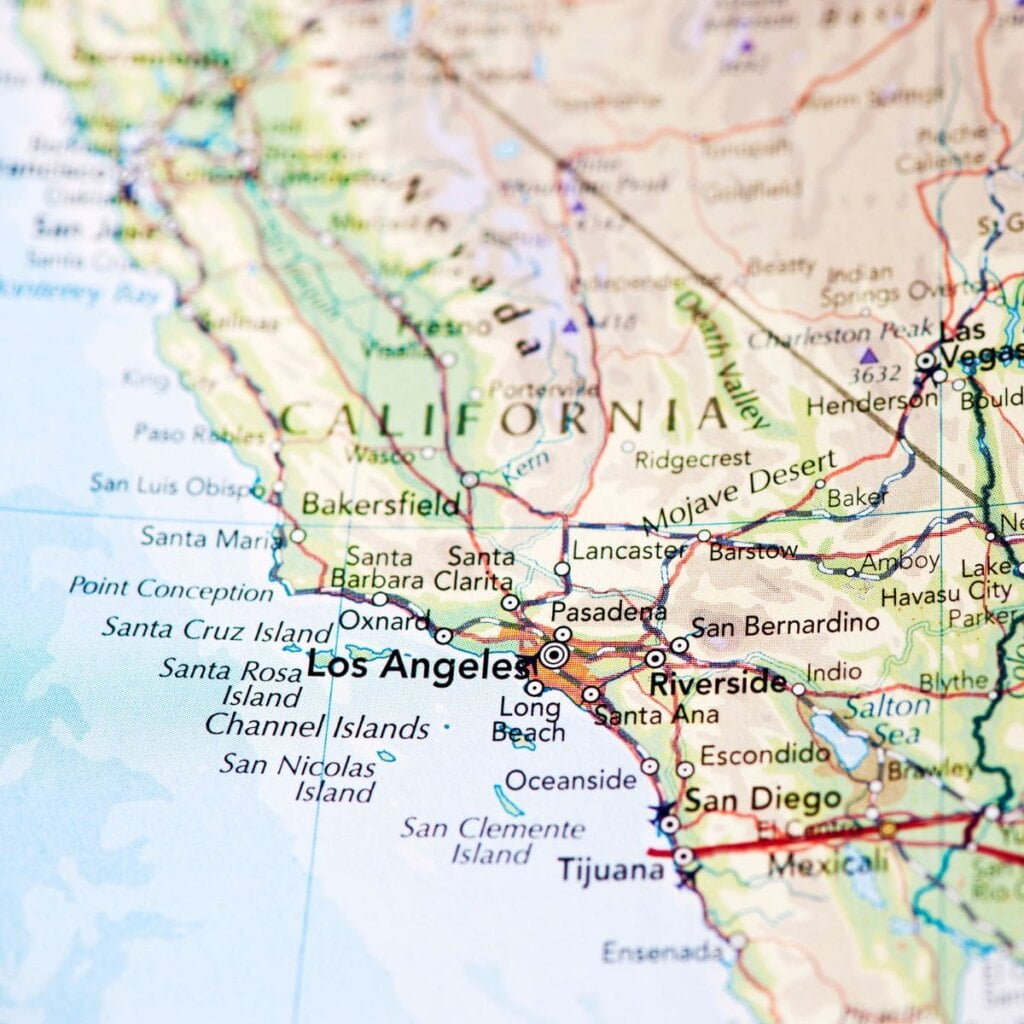Find California maps and resources to even more maps of California including printable and pdf maps. California maps include by county, city, boundaries, political districts, aerial, historical, fire hazard areas and much more.

Maps of California
- California Map by County | pdf
- Bureau of Land Management California Maps – An interactive online map system that helps you easily find, view and create maps by turning on or off layers.
- California State Library Maps – With over 5,000 items, this map collection is an invaluable resource for anyone researching California.
- California National Park Maps
- California Tribal Lands and Reservations Map
- U.S. Census California QuickFacts – QuickFacts provides a map with statistics for all California and counties and for cities and towns with a population of 5,000 or more.
California Weather & Natural Disaster Maps
- California Drought Monitor Map – This map shows drought conditions across California using a five-category system.
- California Snowpack Maps – Shows weekly snowpack levels.
- California Fire Operations Maps – Downloadable maps for wildland firefighting resources in California.
- California Wildfire Map
- Fault Activity Map of California
- FEMA Flood Map Service Center – Use the official flood map tool to better understand flood risk for an address, place, or longitude/latitude.
- Current Fire & Smoke Map
- Fire Perimeters & Deep Landslide Susceptibility Map
- Historic Earthquake Map
- National Weather Service California Coverage Map
- Reported California Landslides Map
- Tsunami Inundation Maps
- Tsunami Warning, Advisory, Watch, or Threat
More California Map Resources
Traffic & Transportation Maps
California Historical Maps
- California State Library Maps – With over 5,000 items, this map collection is an invaluable resource for anyone researching California.
- Calisphere – Provides free access to unique and historically important artifacts for research, teaching, and curious exploration.
- Library of Congress – Another resource for old California maps.
Vintage road or travel maps are another great resource for historical maps e.g., Thomas Guides, AAA Travel Road Maps or even gas station road maps that were produced by Chevron and Shell. Many of these can be found on eBay, Amazon, Etsy and other online marketplaces.
Related Articles

Monique McArthur
